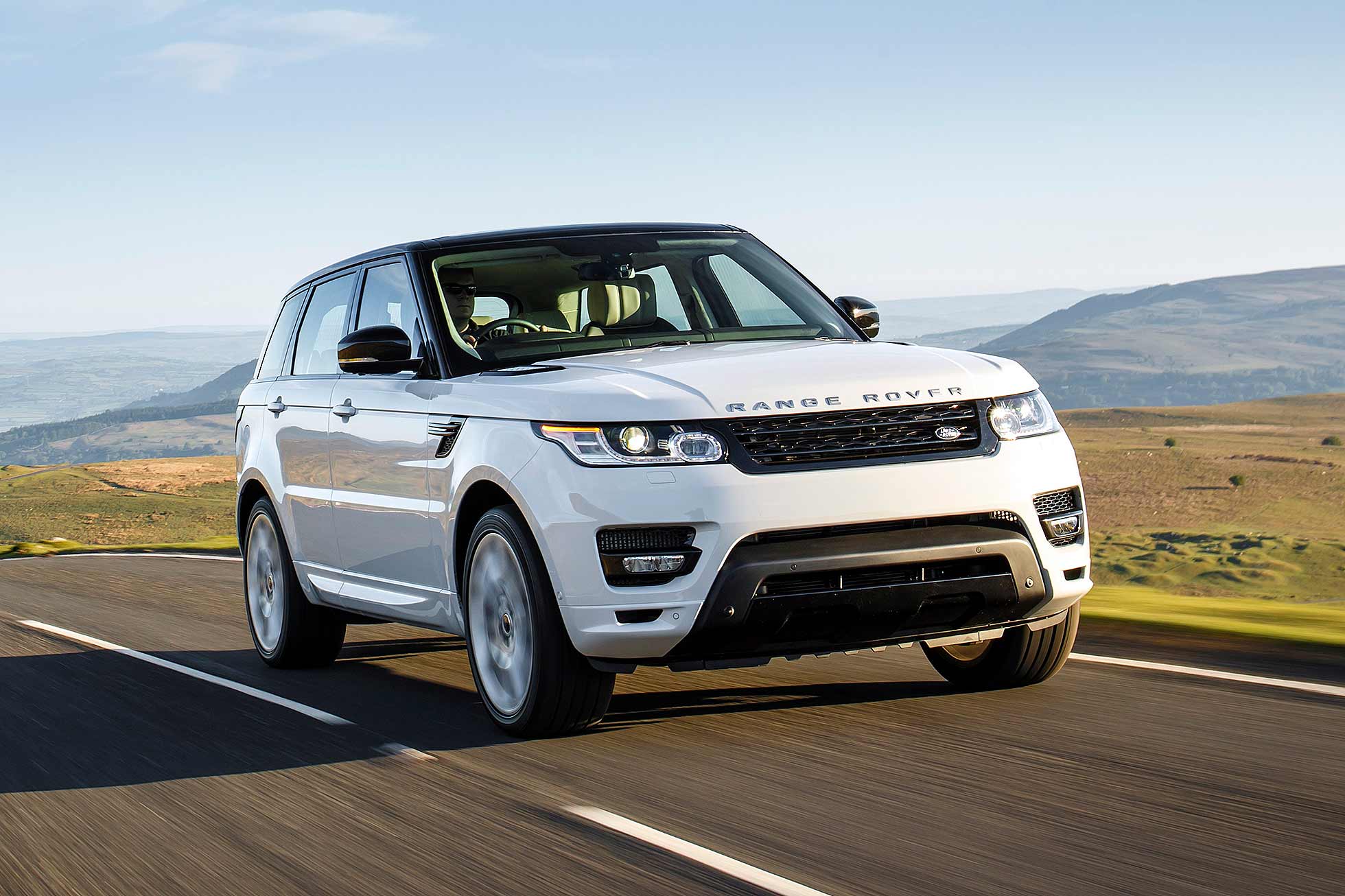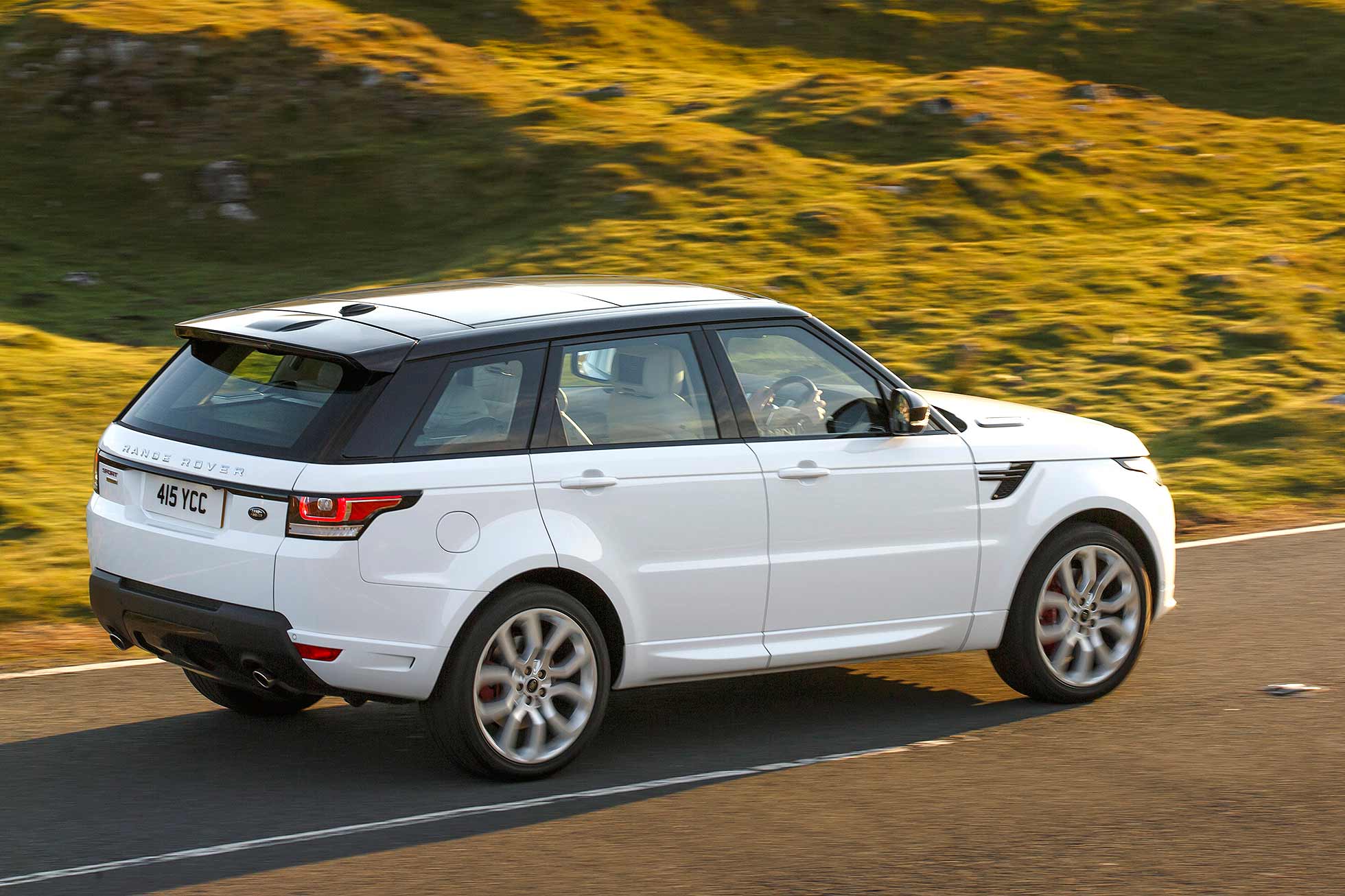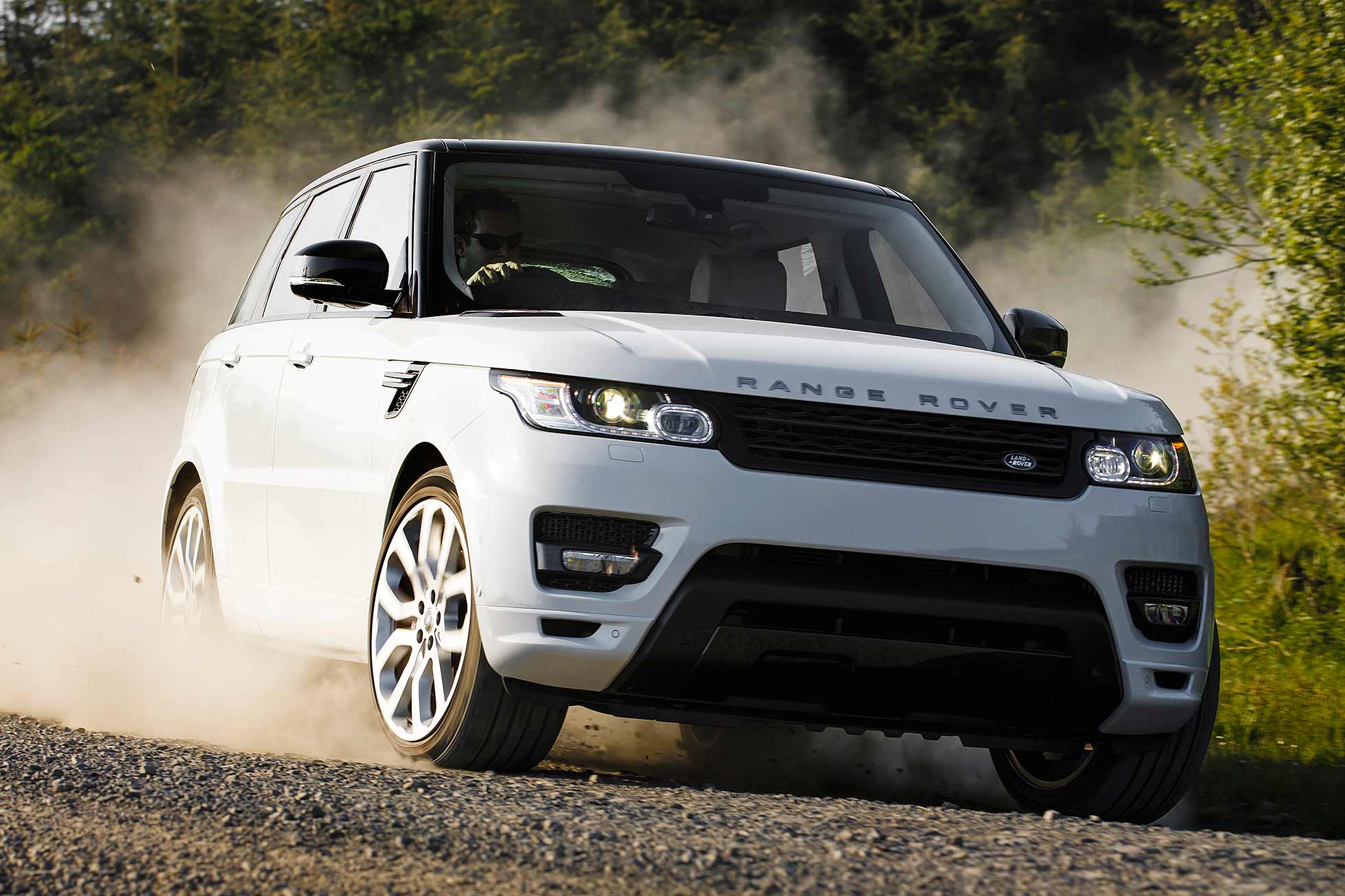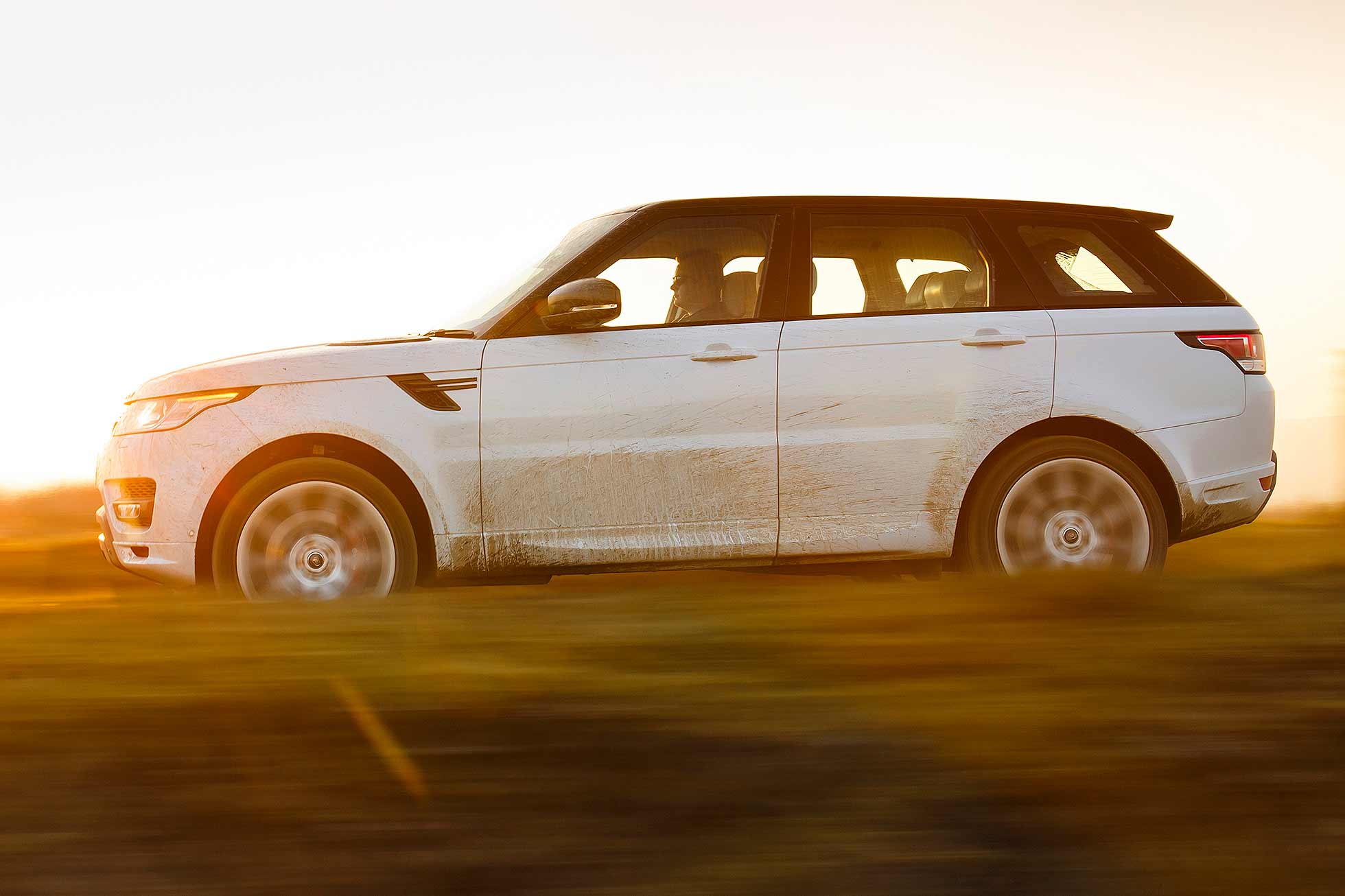
The Range Rover Sport SVR ships in 2015. We drive the 517hp model it’s based upon to see what may be in store…
Richard Aucock | January 2015
The Range Rover Sport is one of Land Rover’s biggest success stories. The first one debuted in 2005 as a sporty alternative to the big Range Rover and went on to sell by the truckload.
At one stage, when Ford owned Land Rover, it was reportedly easily the group’s most profitable car. This second generation model, launched in 2013, aims to continue the success story.
Like the larger new Range Rover, it’s now made entirely from aluminium, including the underpinnings. This super-strong architecture is lightweight, taking the base kerbweight down to under two tonnes, cutting fuel consumption and improving the Sport’s, um, sportiness.
And now, in 2015, a new performance version is being launched to capitalise on this – the Range Rover Sport SVR. We’ll be driving that later in the year but, to give us a flavour of what we can expect, we tested the current performance range-topper, the 517hp Range Rover Sport Supercharged.
What’s it like to drive?
Driving a large capacity supercharged petrol V8 is becoming a rarity as car manufacturers downsize. Indeed, most Range Rover Sport are sold with a V6 turbodiesel. But the 5.0-litre motor proves the format still has merit.
Performance is genuinely effortless, building speed with a trickle of the accelerator and no hint of duress. The V8 burble is prominent too, and the supercharged yowl combines with roaring exhausts during sporty driving to make it almost as thrilling as the Jaguar F-Type that shares this engine.
The eight-speed automatic gearbox is also brilliant, as are the massive Brembo brakes – but only once you’ve primed them. You feel the weight transfer as you shift from accelerator to brakes, one of the rare times you sense the Range Rover Sport’s considerable mass.
Certainly, the agility it shows in corners is impressive for a vehicle nearly two metres wide and five metres long. Steering is a bit low geared but light and, critically for such a large vehicle, very accurate; roll is well contained, particularly if you switch to dynamic mode (which happily makes the exhausts louder, too…).
Ride quality is also excellent. The enormous 22-inch wheels do pick out the odd town centre thump but, at speed, the air suspension is incredibly cosseting and relaxing, delivering a cushioned and controlled pliancy that’s every inch the luxury car.
Is it a bit OTT for everyday use?
There’s no missing the Range Rover Sport. Even starting it up gets the curtains twitching, thanks to the roar from the exhausts. And that’s after the challenge of parking it – normal-sized driveways shrink beneath it.
But it’s also surprisingly practical and thus easy to use in everyday motoring. The high stance gives a panoramic view out, with easy to place extremities, and it’s more agile than you may think in town (visibility and well defined extremities pay dividends).
The engine is a monster but it’s easygoing in more meek conditions, delivering its power to make light work of even the steepest town centre hill starts. It has lots in reserve but it never risks becoming uncontrollable.
Add in easy step-in access, a practically-shaped rear cabin, an accommodating boot and even the option of a seven-seat version, and it’s perhaps no wonder that so many are used as executive school run machines.
Indeed, with the Supercharged’s out-of-town pace and off-road ability, it can perhaps lay claim to being the ultimate performance all-rounder – one for the shopping list, Audi RS 6 drivers?
Verdict: Range Rover Sport Supercharged
The Range Rover Sport Supercharged has whetted our appetite for the new SVR version, thanks to its huge reserves of performance and ability to keep everything in admirable control.
If the SVR is sharper, even more agile and further lessens the occasional sense of mass working against you found in the Supercharged, it will be quite a machine – and a formidable rival to the Porsche Cayenne Turbo.
Rivals: Range Rover Sport Supercharged
- Porsche Cayenne Turbo
- Audi RS 6
- BMW X5 M
- Mercedes-Benz ML 63 AMG
The mighty Porsche Cayenne Turbo is a sports car on stilts and the obvious alternative to the Range Rover Sport Supercharged. It’s much more convincing than the BMW X5 M, and less aggressive than the Mercedes-Benz ML 63 AMG. We’d also look at the Audi RS 6 Avant, though: loads of space, ridiculous performance and all-wheel drive traction for crossing muddy fields, if not muddy hills
Specifications: Range Rover Sport Supercharged
Engine: 5.0-litre, V8 supercharged
Gearbox: eight-speed automatic
Price from: £82,650
Power: 517hp
Torque: 461lb ft
0-62mph: 5.0 seconds
Top speed: 155mph
MPG: 22.1mpg
CO2: 298g/km


